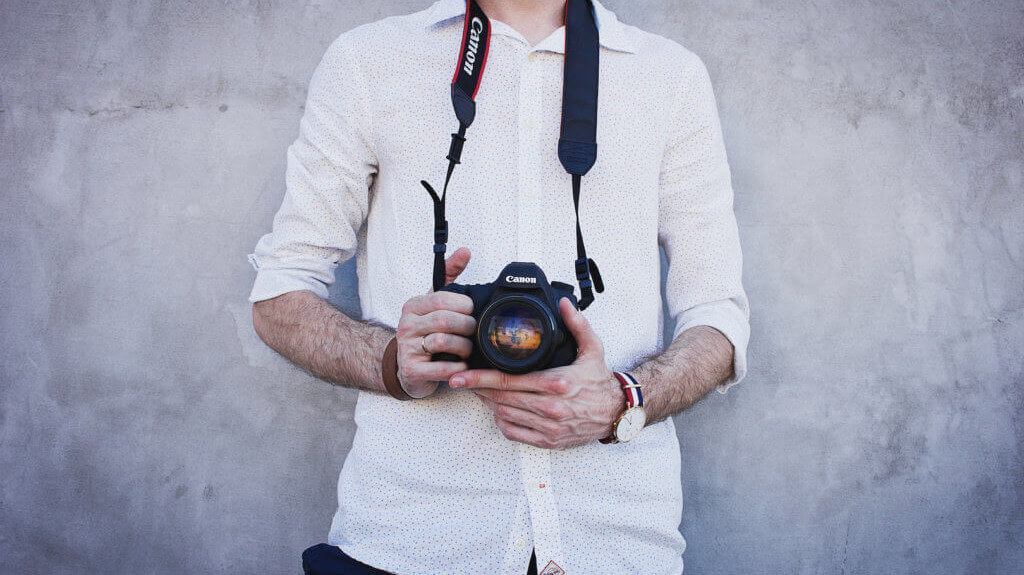
Every month the trivago content team rejects hundreds of images submitted by hotel managers. Why? It’s two fold. First off, the photos fail to meet our quality standards. Secondly, it may sound cruel, but no image can be less damaging than a bad image.
NB: This is an article from Trivago Business
Subscribe to our weekly newsletter and stay up to date
So instead of risking it, consult our simple tips for better hotel photos and learn how to upload photos to your trivago profile that will not only be approved, they’ll sell your property. We’re using the acronym CLEAR, so that it’s easy to remember. Feel free to write it on a post-it note and tack it up by your computer; making it harder to forget.
Not only will CLEAR imagery help you avoid rejection when submitting pictures for your online profiles, it will help you catch the attention of potential guests. The more time that travelers spend ogling your hotel photos the better. Why? Because they’ll be more likely to book if they like what they see!
These tips for attractive images extend to your website and social media profiles as well. After reading this, take a look at how your property appears online. Do you like what you see? If not, replace the bad photos or delete them until better ones are available to you.
Ok, let’s get started.
Clear
Often overlooked, the first step is to ensure the room you’re photographing is clear and tidy. Let nothing distract from the main purpose and design of the room.
If you don’t want to replace your imagery too often, avoid including technology such as computers, phones, or cars. At the rate tech is advancing, these items will quickly date your photos, making the accuracy of the image questionable.
Light
Seasoned photographer Mike Browne explains that “photographing interiors is all about capturing the way the room looks (and feels) as naturally as possible”. Lighting is arguably the most important factor in photography. Correct lighting can completely change a space. Consider what the traveler is looking for; tranquillity, warmth, and open space. Watch out for shadows that natural light and room lamps can cause. Instead, look for ways to discreetly place additional lighting to illuminate these dark spaces. We suggest that you watch photographer Noah Fallis show how light can transform a hotel interior to learn more about this concept.
Natural light also helps the room looks its best. Avoid artificial lights that cast blue or orange hues on the room. Instead, plan to have photos taken when the optimal amount of natural light is available for that space. When shooting the hotel exterior or outdoor amenities, optimal lighting is naturally available during what’s known to photographers as the ‘golden hour’. This occurs twice daily; shortly after sunrise and just prior to sunset.






